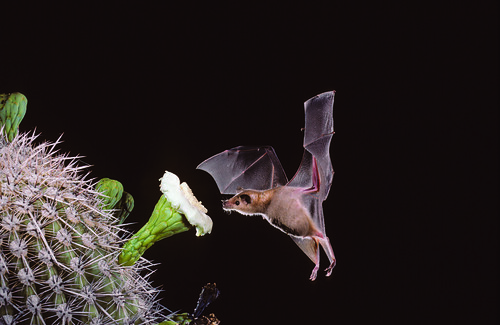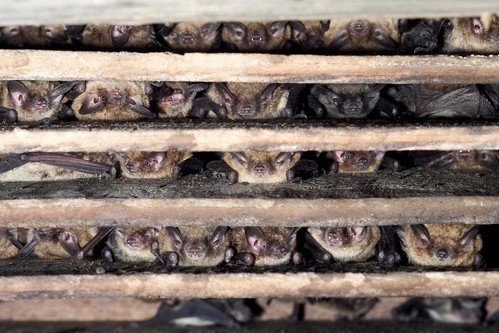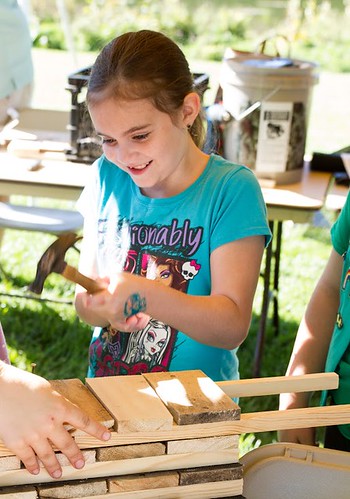
What images enter your mind when you think of caves or bats? Many people’s initial thoughts center around small spaces, dark places and the misleading myths surrounding the world’s only flying mammal. Both caves and bats are part of a fascinating story found in your national forests and grasslands.
“Natural caves are some of the most unique and complex resources managed by the Forest Service,” said Cynthia Sandeno, a wildlife biologist for the Forest Service’s Eastern Region. “Caves are also home to many living things like bats that play a vital role in our everyday lives, by controlling insects and pollinating plants like agave.”
Caves and areas known as karsts are important sources of groundwater and offer beautiful sparkling springs from which we drink. These areas house interesting artifacts that tell us about our human history, provide places for us to explore and study the natural world, and offer highly valuable opportunities for environmental education and scientific study.

Caves are home to a multitude of living organisms including bacteria, blind cave fish and the environmentally and economically valuable bat. The U.S. Forest Service is partnering with other conservation agencies and bat enthusiasts around the world this week to celebrate Bat Week. The annual, international celebration focuses on the dynamic roles that bats play including ecological, agricultural and educational. Activities and events offered in various locations encourage people of all ages to actively participate in bat education and conservation, with special emphasis on protecting bat habitats, like caves.
Bats are vital to the health of our environment and economy. Invisible or unobserved to many, bats are hard at work every night in many places throughout the world doing what bats do: eating tons of insects, pollinating flowers and spreading seeds to grow new plants and trees.
“In the United States, bats are our most important natural predators of night-flying insects, consuming mosquitoes, moths, beetles, crickets, leafhoppers and chinch bugs among others,” said Sandeno. “Many of these insects are serious agricultural or forests pests and others spread disease to humans or livestock. Every year, bats save us billions of dollars in pest control simply by eating insects.”
Yet, these beneficial bats are in decline nearly everywhere they are found. They face a multitude of threats including habitat loss, destruction of roost sites, growing numbers of wind farms, and climate change. Worldwide, about a quarter of the bat population is considered critically endangered or threatened. In the United States and Canada, bats have declined dramatically as a fungus known as White-Nose Syndrome has killed more than six million cave- and mine-dwelling bats in just eight years. More than half of the bats in the U.S. and Canada hibernate in caves and mines to survive the winter. Many bats also roost in living and dead trees, buildings, bridges, cellars, and aqueducts.
One thing we can do to protect bats includes providing healthy homes for bats. Join us Halloween, Oct 31 for a day-long attempt to build 5,000 bat houses in just one day to establish a Guinness World Record.
As helpful shelters, bat houses provide a safe, warm place for mother bats to raise their young. Because most bats only have one baby a year, having a safe home is especially important. To help reach our conservation goal, please join a local event, host your own bat building party, or build a bat house in your own backyard.
Every day, more people are becoming passionate about protecting bats; taking heroic actions to protect the places they live and to share the importance of these animals. Reach out to a national forest or grassland near you or a state or local park and find out about volunteer activities to protect bat habitat. Watch BatsLIVE webcasts, webinars and other opportunities at NatureWatch.

